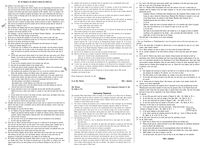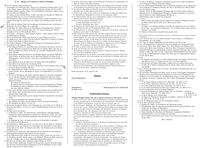Pickelhaube - Modifications during 1914-1915
1914:
Introduction of the „Ersatzhelmet“:
At the beginning of World War 1, when millions of young men needed uniforms almost at the same time, helmets had to be made faster and materials became scarce so manufacturers had to turn to replacement materials. There were „Ersatz“-helmets in the following designs (the drawings are from Paul Pietsch and were made from original helmets):
- There were felt helmets made from one piece or from several pieces. In rare cases there were also felt helmets with leather visors or even with leather visors and field gray numbers made of felt, instead of a plates. Officers' helmets made of felt are also known.
- Ersatzhelmets were also made of fabric-covered cork in field gray or blackened with bitumen paint, of cardboard marché, vulcanized fiber, or of blackened sheet metal. These helmets were also available in one-piece production or with attached visors, which could be made of the same or a different material. The methods of attaching the visors varied too, they were sewn on or riveted. There are also known Ersatzhelmets made of field gray leather with numbers made of field gray metal instead of a Wappen.
- Ersatzhelmets were also available with or without a visor trimm or with or without a rear spine.
- The fittings were made of gray steel, brass or nickel silver, as the manufacturers were still using up leftover materials from the pre-war period.
- Mainly in Serbia, there were also felt helmets with simple numbered metal signs instead of the Wappen. These were available with or without neck veils and were worn by active and reserve formations.
21.09.1915:
Introduction of the M15 helmet:
- Introduction of the officer's cockade with diameter 55 mm, but with a larger hole for the M91 chinscale button.
- In general, only the chin strap should be worn with a helmet with a cover. In addition to the helmet without a cover, the chinscales should only be worn with the metal helmets, by the 1st Guard Regiment on foot and by the officers.
- Gray fittings of steel, because of war. The gray finish, which was used to prevent reflections, was not achieved by painting, but by chemical oxidation. The gray shades of the fittings are therefore diverse. In peacetime, however, the fittings on the helmet should again gleam in gold or silver.
- Introducing the detachable spike with bayonet lock. The spike (ball) or the lid (top) of the chapka should no longer be worn for maneuvers or field service.
- Helmets and helmet liners of this period are often made of thinner leather than pre-war helmets due to the scarcity of the wartime economy.

